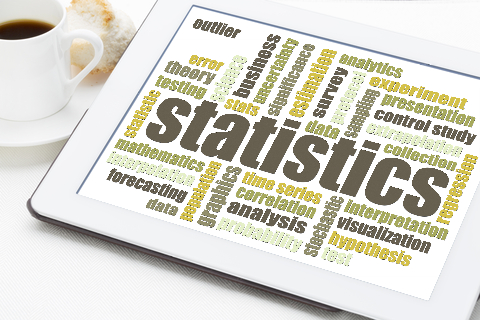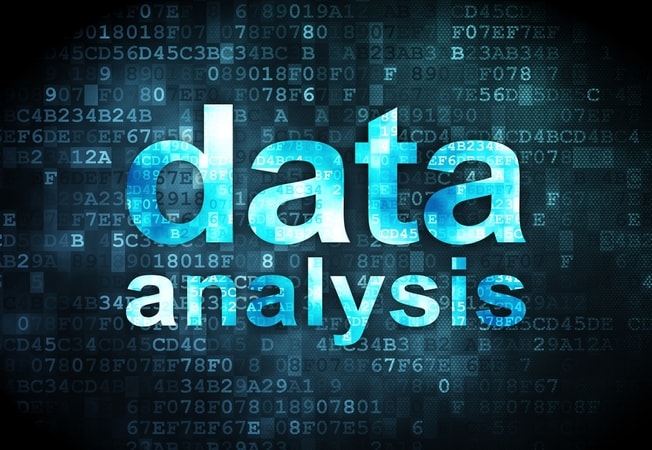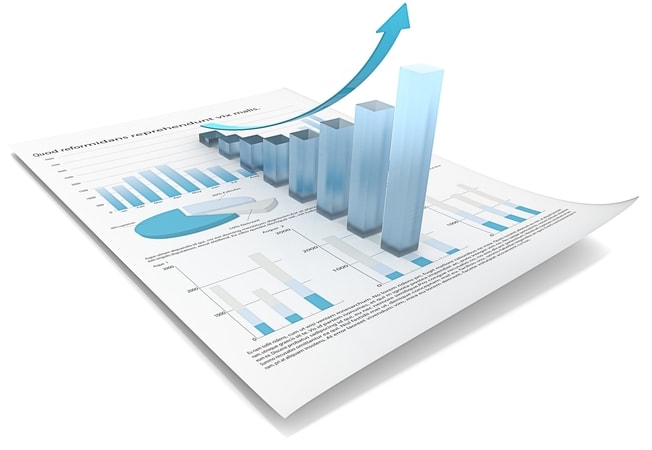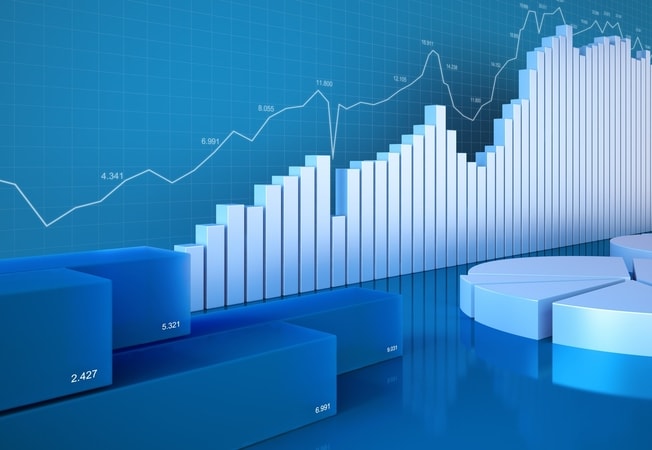Considerations When Choosing a Quantitative Data Analysis Software for a Dissertation
Quantitative data analysis using SPSS, STATA, Excel, or R studio helps researchers in data organization, coding, processing, visualization, and interpretation in an easy-to-understand manner. The software are applicable to different cases in dissertation writing depending on the ultimate goal of the analysis. The analysis software enables scholars to conduct data mining and analyze structured and instructed sets.
One should, therefore, possess visualization skills and data mining techniques to effectively analyze gathered research information using different software packages. The entire process of analyzing quantitative data is aimed at supporting or rejecting hypotheses formulated at the earlier stages of the research.
When offering quantitative data analysis consultation services, one should be able to select and use the most appropriate software to break down the gathered information into meaningful data. Specialists in data science choose between different analysis software based on the subject and objectives among other factors.

With the help of the programming language and functions, one can organize, clean, and visualize data in basic statistics and advanced statistical computing and analyses. This article contains information on the factors to consider when performing quantitative data analysis using SPSS, STATA, or R Studio and any other statistical software that one may find applicable to their context.
Statistical analysis software are designed for data scientists, statisticians, mathematicians, and researchers to conduct complex analyses through methods such as predictive or regression analysis and statistical modeling. Data analysis with R Studio entails modeling and hypothesis testing for a dissertation as well as in general statistics.
The R package helps in data cleaning, reduction, and conducting advanced analyses with various statistical methods. The SPSS and STATA are also effective in advanced statistical analyses and can be operated by users of different skill levels. Choosing the right statistical software for quantitative data analysis involves careful consideration of factors such as:
1. Ease of use of the software in analyzing dissertation data
Statistical software and tools require excellent skills and expertise from the users. The software differs in learning curves and some may be difficult to master. Before choosing the most appropriate data analysis software for a dissertation, it is prudent to consider the user's knowledge, skills, expertise, and level of experience in statistics to gauge whether they are able to operate the software and run the necessary tests to produce correct and reliable results.
2. Availability of licensing and documentation
Students and researchers needing data analysis software should consider the licensing aspect; whether it is available for free download or requires prior payment and authorization.
The costs and budget requirements for the acquisition of the software should be ideal for the different scenarios and contexts of users. In addition to the licensing requirements, one should also consider whether the software has documentation that is understandable to users in case of questions arising during data analysis. It should also provide access to technical support where one can find help on complex procedures and functions.
3. Alignment of the software features with the quantitative analysis goals and objectives
Statistical software facilitates the mining and analysis of structured and unstructured data to achieve various research objectives. The most appropriate choice of statistical software is that which has features that align with the objectives of the analysis. Some of the features to check to include:
-
Data preparation capacities
The software should have the capacity to clean the raw data, deduplicate, cleanse, and append it in readiness for statistical analysis. It should mine the data from databases and perform the relevant preparations for analysis.
-
Data sampling
Sampling involves selecting data samples on which defined procedures are to be run. One should choose the appropriate software that allows them to sample data depending on the required procedures.
-
Hypothesis testing features
The presence of hypothesis testing features in statistical software ensures consistency of the analysis with data and correctness of the procedure with respect to certain pre-set factors. The features help in evaluating outcomes against initially formulated hypotheses in dissertation writing.
-
Statistical modeling
With regard to the statistical modeling feature, the software should be in a position to create mathematical models that include assumptions relating to the creation of representative samples from which one can get insights into the composition and distribution of the data.

-
Data visualization elements
The use of statistical software in quantitative data analysis enables one to visualize outcomes using charts, graphs, or tables. Visualization facilitates a better understanding of the outcomes to the end-user and clarity in communication of the research results with the target audience.
It is, therefore, imperative to review the features of the statistical software and confirm whether they align with one's analysis objectives and aims. One should choose software whose features are beneficial to their analysis needs and ideal for the volume of the data in question. Conducting needs analysis provides a foundation for choosing the ideal software for the dissertation.
It is also important to seek help from experts who offer quantitative data analysis consultation services to make the right choice for the dissertation.
4. The quantitative research questions and objectives
Quantitative data analysis using SPSS, STATA, or R Studio involves breaking down structured or unstructured data to provide meaning and answers to research questions and set objectives. One must, therefore, understand the type of research questions posed in the dissertation proposal, and how variables are related during the study; what is it that one needs to know about the data to conduct relevant analyses.
The family of statistics along with the software used in quantitative data analysis depends on the type of research questions to be answered and the objectives to be achieved.
5. The complexity of the statistical test and type of quantitative analysis required
The complexity of statistical tests to be run on the data and the type of analysis influence the choice of software in quantitative research. Student's t-tests and the analysis of variance (ANOVA) are some of the tests that influence the choice of statistical software based on their complexity and assumptions with regard to the data set at hand. The software can perform various analyses including:
- Regression analysis.
- Predictive analysis.
- Time series analysis.
- Survival analysis.
When conducting quantitative data analysis using SPSS, STATA, or R Studio, the choice of the most appropriate software should be based on the type of analytical procedures to be performed.
6. Types of variables and their measurement levels
Every data scientist should have a clear understanding of all variables collected in the study and the levels at which they are measured. Based on the level of measurement, variables can be classified into ordinal, nominal, ratio, and interval.
Depending on the role played in the study, a variable can be independent/predictor or dependent/outcome. It is essential to understand the types of variables and the research hypothesis to form a clear basis for selecting suitable statistical tests and software in quantitative data analysis.
In case of any difficulties classifying the variables, one can get help from a professional dissertation data analyst for the best results of their research efforts. The measurement scales should also be defined to determine whether the set contains categorical or continuous data. Understanding the types and forms of variables informs the specific method and family of analyses to conduct such as linear regression or factor analysis.
7. Presence of data issues
It is essential to consider issues such as missing data, unequal sample sizes, response rates, or truncated distributions during quantitative data analysis using SPSS, STATA, or R Studio because such issues can necessitate a change in the analysis method and software or application of other correlation techniques. Conducting exploratory data analysis and redefining the assumptions prior to selecting the statistical software can help in making the right choice.

8. The extent of quantitative analysis required
The extent to which data is to be analyzed determines the type of statistical analysis method and, therefore, the software to use to summarize the findings. A summary of descriptive statistics can be used to present the forms and types of variables in a data set and determine the need for further analyses and modeling.
Social scientists may require simple basic statistics to make sense of their data based on metrics such as the median, mean, standard deviation, or variance; and visualize the information on graphs and charts using the SPSS. Ordinary regressions and correlations can be conducted by the SPSS.
Other complex analytics in other subjects such as economics or finance may require software that is more detailed like the R Studio. For one to offer effective quantitative data analysis consultation services regarding R software, they must be in possession of a clear understanding of the R language and programming. They must also be in a position to run different functions on the R interface to produce relevant results.
9. Type and distribution of the data used in the dissertation
The type and distribution of data affect the choice of statistical tests and the software on which to run them. Nonparametric tests are applicable for nominal, ordinal, and discrete data types. When analyzing continuous data, both parametric and nonparametric statistical tests can be performed to produce reliable results. One can hire a statistician for dissertation data analysis in case of difficulties or other commitments that may limit their time to personally perform the task.
Considering the above factors can help students, researchers, and data analysts in different fields such as political science, social sciences, business, economics, and other subjects to choose the best dissertation data analysis software.
It is fundamental to figure out the features of the software they would like to have, their qualifications, skills, and experience in its operation, and conduct a needs analysis before selecting a particular software. One can also get help from a professional dissertation data analyst whenever the need arises.





